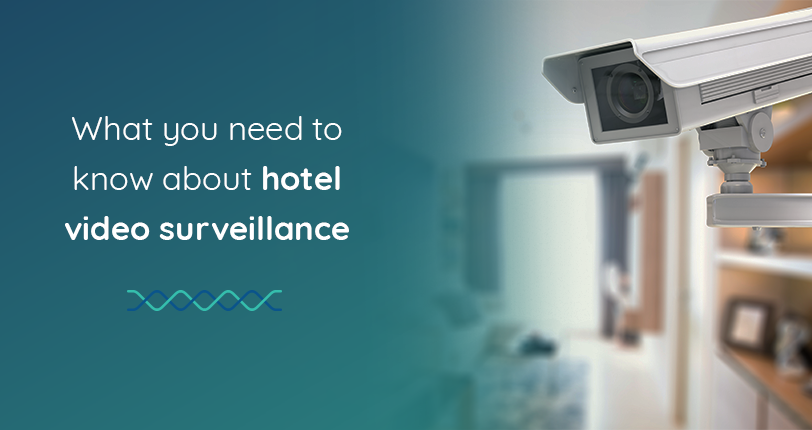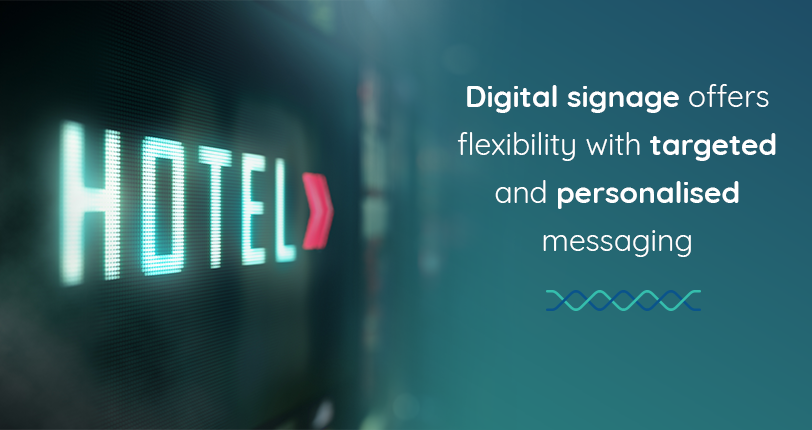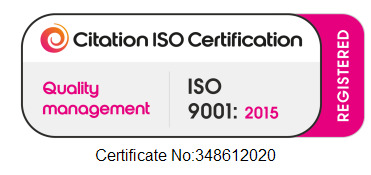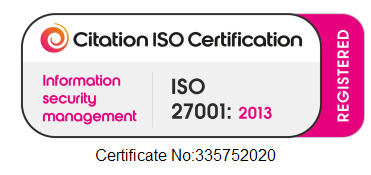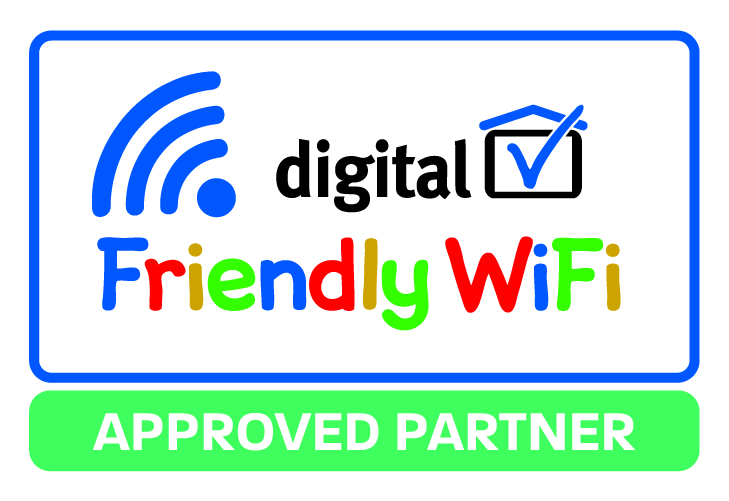Hotel video surveillance is no longer limited to fulfilling basic security needs. As technology progresses, we’re seeing hoteliers’ implementing cameras for facial recognition to improve customer experience, detecting lost children, even authorising payment. The possibilities are endless, and connected to the unified network, they will become an instrumental part of the hotel’s operating infrastructure.
What is IP CCTV?
Surveillance CCTV cameras feed images to a control room, or mobile device, where they are captured onto a NVR (Network Video Recorder), or DVR (Digital Video Recorder) or more often to the cloud.
There are two types of CCTV camera: Digital IP (Internet Protocol) and Analog (referred to variously by such acronyms as AHD, TVL, TVI, HD-SDI, HD- CVI). With Analog CCTV, the video signal is sent via a dedicated cable to a DVR encoder. They require two cables – one to power it, the other for the video signal and only limited resolution is available. The Digital IP camera uses the Internet.
How can video be integrated with the unified network?
The camera encodes the video signal and sends it over the hotel’s unified IP (Internet protocol) network to the NVR. There is no requirement for a dedicated connection to the video recorder. Cameras can be powered by PoE (Power over Ethernet) so there is no need for a separate power cable and they are not required to be near a power socket. Some cameras can be battery powered.
Resolutions have increased recently, with HD, 4K and even 7K cameras now available. With PTZ (Pan-Tilt-Zoom) cameras and innovations like fisheye lenses and 360-degree cameras, a wider range and area can be covered.
Once CCTV is connected to the unified network, software can be used to analyse video content such as triggering recordings or snapshots and alerts for line crossing, intrusion detection or face detection. These can be automatically uploaded to your server or sent as an email alert.
Benefits of integrating surveillance with a unified WiFi network
By connecting CCTV to the unified network, a hotel can deploy it for wider uses than just crime detection such as identifying guests’ vehicles, using facial recognition to improve customer experience and detecting lost children.
It can also be used for enhancing a database with visually detected demographics and hotel marketers can track types of people (e.g. age) using services, and footfall for areas. Before long, it will be widely used for authorising payment.
Shiji and Fliggy, a subsidiary of the Alibaba Group in China, have developed a check-in and payment system using facial recognition for hotels. Shiji, installs the system (software) and payment terminals (hardware), and Fliggy provides the traveller data. They have installed this in 50 venues in the province of Hainan. When guests arrive, they scan their proof of identity into a kiosk. It is checked then credit authorised and a key card activated for the room. All in 30 seconds.
Seven benefits of integrating CCTV into the unified network:
- Less intrusive for guests (more flexible)
- Can provide 24-hour safety for guests, staff and assets
- Use number plate recognition to track guests and link to barrier
- Use onboard cameras for coach shuttles
- Deploy perimeter protection e.g. line crossing detection, region enter/leaving, intruder detection and alarm integrations
- High-quality reliable footage
- Greater flexibility and less cabling
Our predictions for hotel surveillance systems outline an industry revolution that will force hospitality companies to position themselves like technology companies. This revolution will require a robust, unified network.
At Vital WiFi, we understand that times are tough for the industry at the moment. We are offering free installation to any hoteliers impacted by the Coronavirus crisis, with a monthly fee from as little as £4 per month per guest bedroom*. What’s more, you won’t pay a penny for the first three months.
Talk to one of our friendly technicians for more information on our offer and arrange your free installation today.
T&C's apply.
